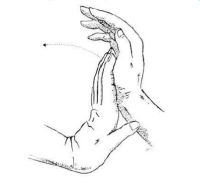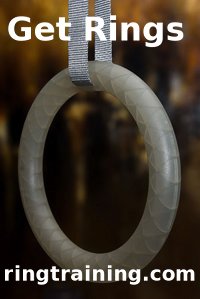July 26th, 2010
What is Fitness?
Cambridge dictionary: “the condition of being physically strong and healthy” as in, “I’m trying to improve my fitness by cycling to work”. Ugh… Terrible definition.
The wiki Wiktionary goes for a better definition: “The condition of being fit, suitable or appropriate, the cultivation of an attractive and healthy physique, the ability to perform a function.” It is a little better.
On the other side of the spectrum, Crossfit has a full 2 page pdf on the question, taking the stance is that good fitness is having sufficient and above average competence across multiple domains, suggesting that being fit means that although you probably won’t win a marathon, you would do very well while also similarly excelling in things such as weight lifting and gymnastics. Crossfit does, however, shy away from what many people believe qualifies fitness - that is, as wiktionary put it, “the cultivation of anattractive and healthy physique”. Certainly, experienced Crossfitters tend to have athletic physiques by default, given their hardcore exercise and nutrition nature but not specifically calling out physique as a quality of fitness, however, is a mistake IMHO.
For the overwhelming population, “training” is performed in the pursuit of increasing physical attractiveness - losing weight, toning, going for the six pack abs atc… At the same time though, calling a body builder “fit” isn’t appropriate as muscle and low body fat does not necessarily indicate any level of functional competence in any particular domain other than body building.
Let’s see if we can update the Wiktionary definition with something better… how about this:
“The condition of being fit, suitable or appropriate, the cultivation of an attractive and healthy physique, the ability to perform and be competent across multiple domains, the possession of strength, flexibility, endurance, stamina, power, speed, agility, coordination, balance and accuracy”.
Yes, I like that definition.
 Training for wrist flexibility is fairly straight forward. The
Training for wrist flexibility is fairly straight forward. The 

